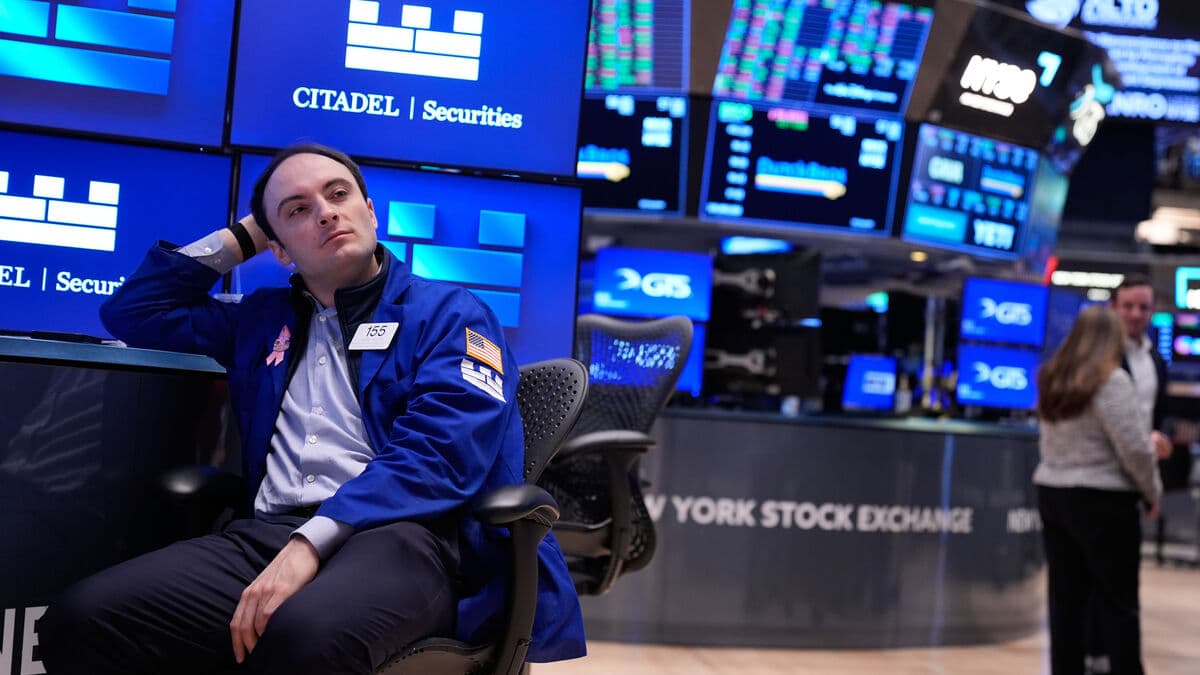This is not a read for those who easily lose sleep at night, are worried about their savings or what will happen to their pension money. This is about the sharp price increases linked to AI-related companies that the stock market has experienced recently and whether today's price levels are justified or not.
The development has led some to warn of an AI bubble about to burst. Others instead highlight that it is a different situation now with giant companies involved that are actually making huge profits.
What creeps up a little is that you hear again that “now it's different.” There is a lot that was going on then that is also happening now, you could say, says Lars Magnusson.
He works at Uppsala University and is the author of, among other things, a book titled: "Finanskrascher".
Overpriced tulips
Regardless of whether it's about overpriced tulips in the Netherlands, Ivar Kreuger's matches or the real estate market in the US that triggered the financial crisis of 2008-2009, there are common denominators, points out Lars Magnusson.
He himself says that he is not pessimistic, but still feels a certain amount of anxiety and draws parallels to 1929 and 2008.
This rapid increase in value is what happens before you get a crash like this.
During the year, the broad S&P 500 index of the New York Stock Exchange has reached a record level on more than 30 occasions, driven by the seven so-called Magnificent 7 companies that now account for 40 percent of the index. Lars Magnusson sees the fact that the rise is concentrated in a few companies as a danger.
It's about gigantic companies where pension funds have invested large sums. However, many of the companies are quite secretive and there is a lot of cross-operation, people borrow from each other and are embedded in each other's businesses, and then you become even more worried that it is very vulnerable.
Not as big consequences
Whether this will be a bubble that bursts is highly uncertain. However, if that were the case, Lars Magnusson does not believe that the economic consequences could be as great as, for example, 2008-2009.
What happened then was even broader. It was the whole system that had a heart attack, people closed the banks and went home. If there is a blow and it is that big – I am not convinced.
Corrected: In an earlier version of the text's fact box, there was an incorrect year.
Tobias Österberg/TT
Facts: Financial bubbles and stock market crashes throughout history
TT
The tulip bubble during the 17th century
The price of tulip bulbs rose sharply as rare tulips were seen as a status symbol. The most exclusive varieties could be sold for the equivalent of a house in Amsterdam.
However, the market crashed and prices fell 80-90 percent in a short time.
The stock market crash of 1929
It began on October 24 and continued for a few days. The background was speculation and over-leveraging after experiencing strong economic growth in the 1920s. The crash led to the economic depression of the 1930s.
Black Monday
The stock market crash of 1987, when the Dow Jones index fell just over 22 percent, the largest percentage decline in a single trading day in US history. The background was, among other things, automated computer trading, which intensified the decline and when the decline began, there were chain reactions.
The IT crash of 2000-02
In the late 1990s, huge investments were made in new internet and technology companies, so-called "dotcoms". The valuations of companies such as Icon Medialab and Framfab soared despite limited revenues. In the US, the Nasdaq reached a record high in March 2000, but shortly afterwards the bubble burst, with consequences in the form of sharp price drops, bankruptcies and layoffs.
The financial crisis of 2008-09
Seen as historically the largest economic collapse since the Great Depression of the 1930s. The background was a credit bubble in the US where households were forced to borrow to an extent they could not really afford.
The banks then packaged these high-risk loans into securities that were in turn sold to insurance companies and pension funds, among others. When interest rates rose, customers were unable to repay the loans and, for example, the major bank Lehman Brothers collapsed with debts of over $600 billion.





